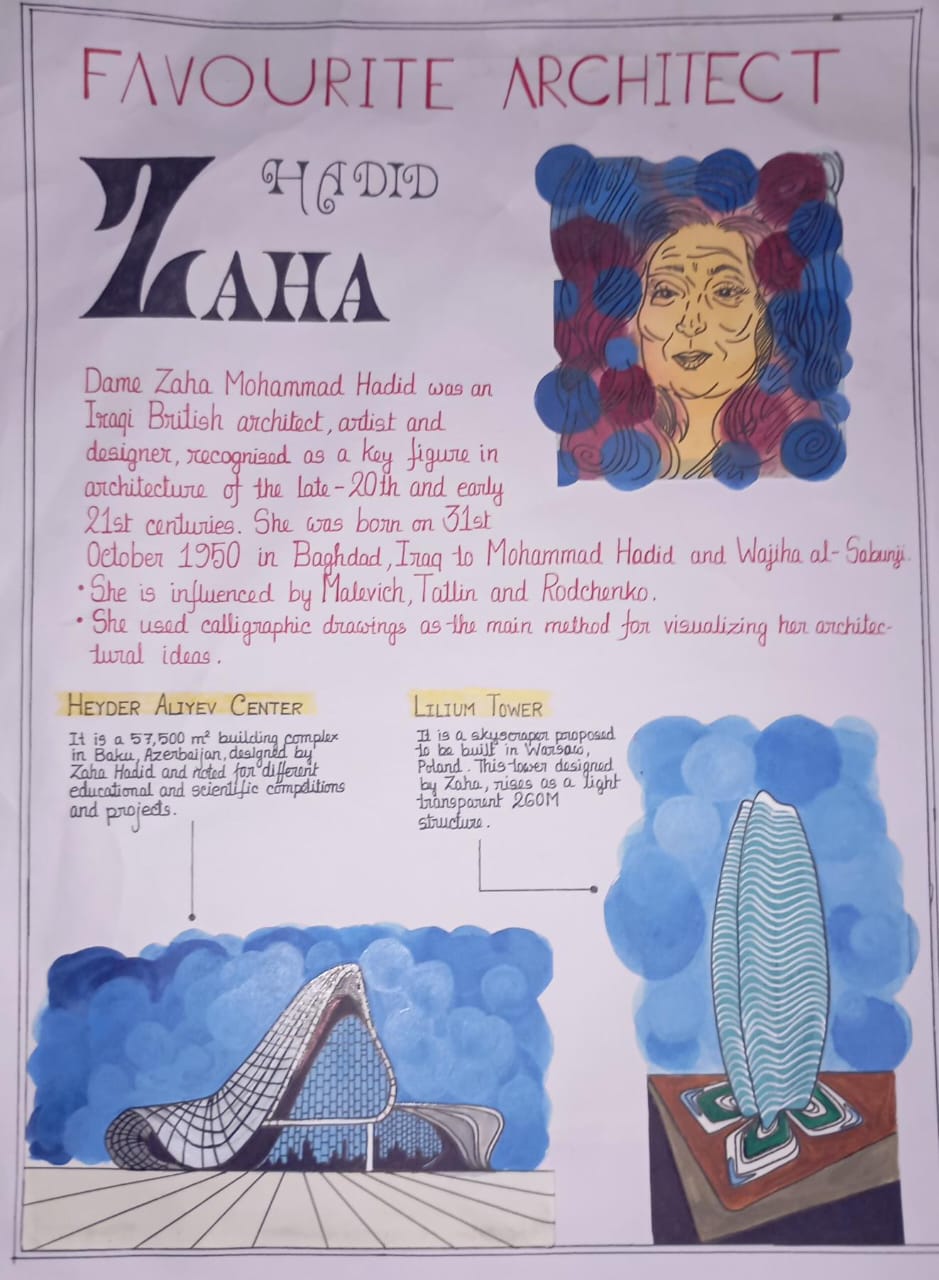Lady Zaha Hadid was an Iraqi-British architect, widely recognized as one of the most influential figures of contemporary architecture. Known as “Queen of curves», It has revolutionized architectural design with its futuristic, fluid and dynamic forms that have challenged traditional conventions. In 2004, she became the first woman to receive it Pritzker architecture priceThe highest distinction of architecture.

2 Start and education
- Birth: October 31, 1950, Baghdad, Iraq.
- Family training: Born in an influential family; His father was an industrial and politician, and his mother was an artist.
- Education: Studied mathematics at the American University of Beirut before moving to London in 1972 to study architecture.
- Architectural Association School of Architecture (AA), London: She trained under Rem Koolhaas and Elia Zenghelis, where she developed her unique style influenced by Russian supremacy and avant-garde movements.
3 and 3 Start of a career
- Founded her own business Zaha Hadid Architects (Zha) In 1979 in London.
- Initially confronted the challenges, because its radical conceptions were considered too experimental and “non -mutual”.
- The first works were mainly Conceptual drawings and paintingslike the Peak Leisure Club Project in Hong Kong (1983), which acquired international recognition but has never been built.
4 Architectural style
Zaha Hadid's architecture is characterized by:
- Fluidity: Buildings with fluid organic curves inspired by natural landscapes.
- Parametric design: Use of advanced IT modeling and digital tools.
- Deconstructivism: Break with traditional rigid forms, creating fragmented but harmonious structures.
- Light and movement: Dynamic spaces that seem to flow, often described as a “frozen movement”.
- Futuristic vision: Designs resembling spaceships, waves and organic forms.
5 Major works
A) Vitra firefighters (Weil Am Rhein, Germany, 1993)
- His first major project built.
- Angular and pointed concrete shapes resembling a frozen explosion.
b) MAXXI Museum of 21st century Arts (Rome, Italy, 2009)
- A fluid structure with scanning curves and interconnected spaces.
- Won the Stirling prize 2010.
C) London Aquatics Center (2012, for the Olympic Games)
- A wave -shaped roof inspired by the water movement.
- Considered one of his most emblematic and admired projects.
d) Guangzhou Opera (China, 2010)
- Designed as two stones worn by the river.
- Combines technology and organic form transparently.
e) Heydar Aliyev Cultural Center (Bakou, Azerbaijan, 2012)
- One of his most famous works.
- Fluid and fluid white structure without straight lines, symbolizing a rupture of rigid Soviet architecture.
f) Other notable works
- Sheikh Zayed Bridge (Abu Dhabi, 2010)
- DongdaEmun Design Plaza (Seoul, 2014)
- The Rosenthal Center for Contemporary Art (Cincinnati, USA, 2003)
- The headquarters of Bee'ah (Sharjah, Eau, 2013, finished posthumously)
6. Price and honors
- Pritzker architecture price (2004) – First recipient woman.
- Stirling Prize (2010 and 2011) – For the Maxxi museum and Evelyn Grace Academy, London.
- Lady Commander of the Order of the British Empire (DBE, 2012).
- Royal gold medal (2016) – First woman to receive it in its own right.
- Innumerable other international honors, cementing its status of one of the greatest architects in the world.
7 Heritage and philosophy
- Zaha Hadid challenged the world of male predominance of architecture and broke the barriers to women.
- Raw at “Push the limits” architecture using technology and imagination.
- His business, Zaha Hadid architectscontinues to design revolutionary projects after his death.
- She inspired a new generation of architects to think beyond geometry and rigidity.
8 Death
- Zaha Hadid died March 31, 2016 In Miami, Florida, due to a heart attack while being treated for bronchitis.
- His death was a huge loss for the architectural world, but his heritage continues through his works and his business.
9. Conclusion
Zaha Hadid was not only an architect – she was a visionary artistA Pioneer of digital architectureand a Symbol of innovation and resilience. Its daring, unconventional and futuristic conceptions have reshaped the Skylines in the world and have proven that architecture can be both functional and poetic. It remains an inspiration for architects, artists and dreamers who dare to see beyond the limits.

